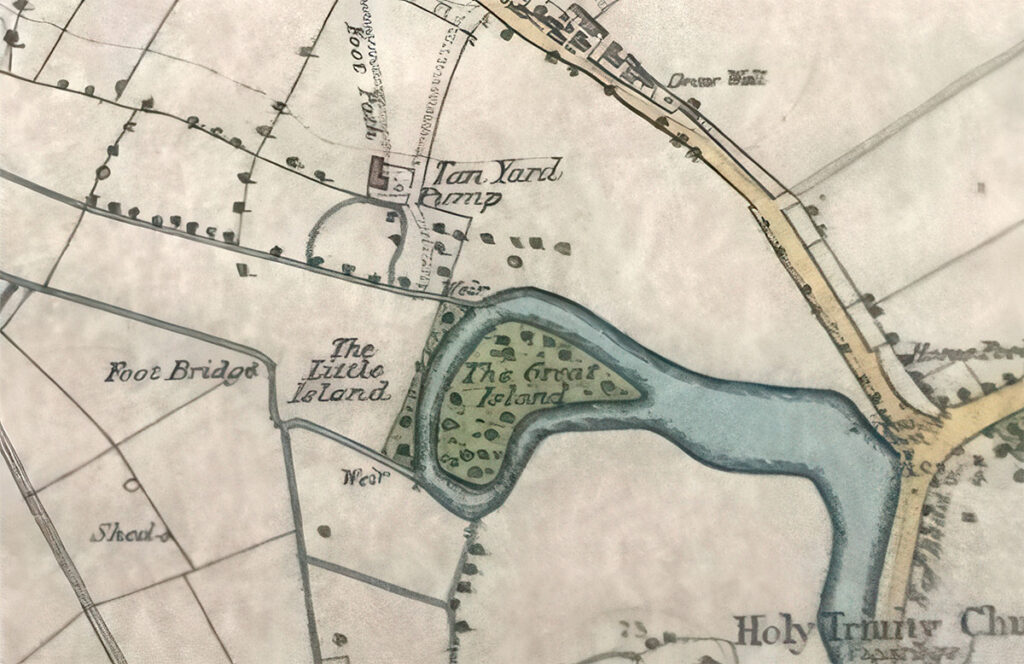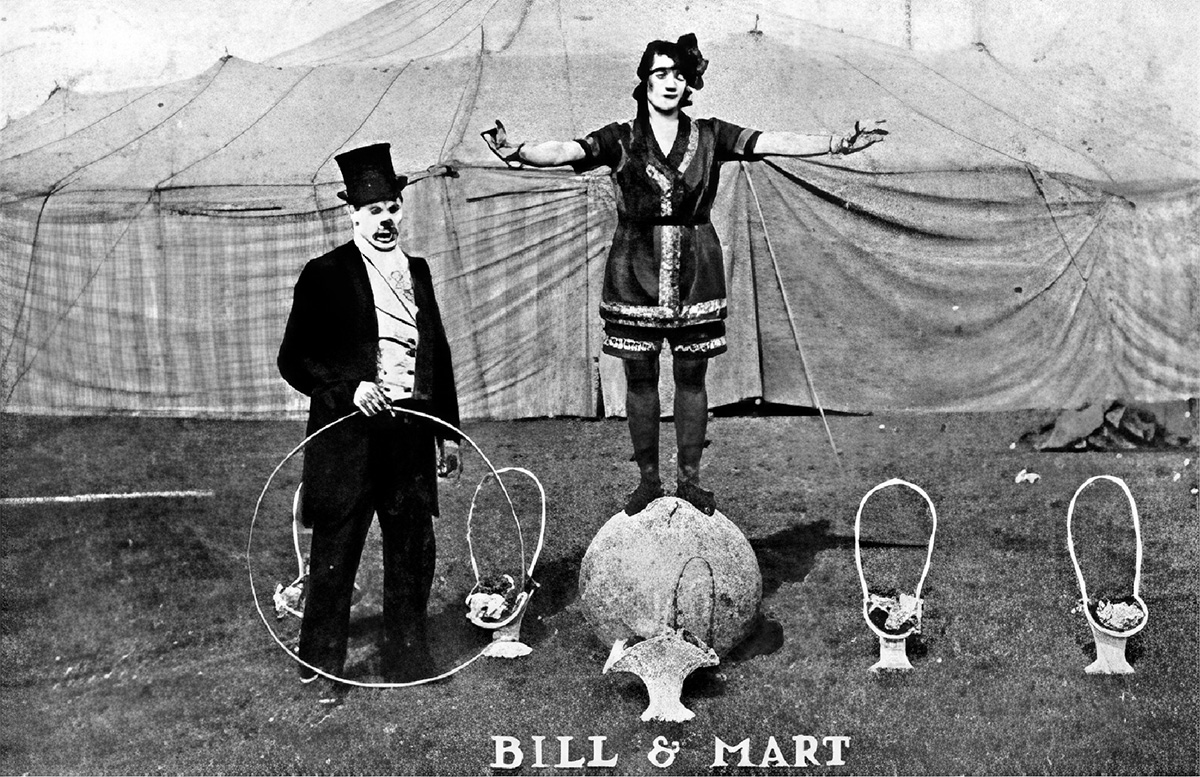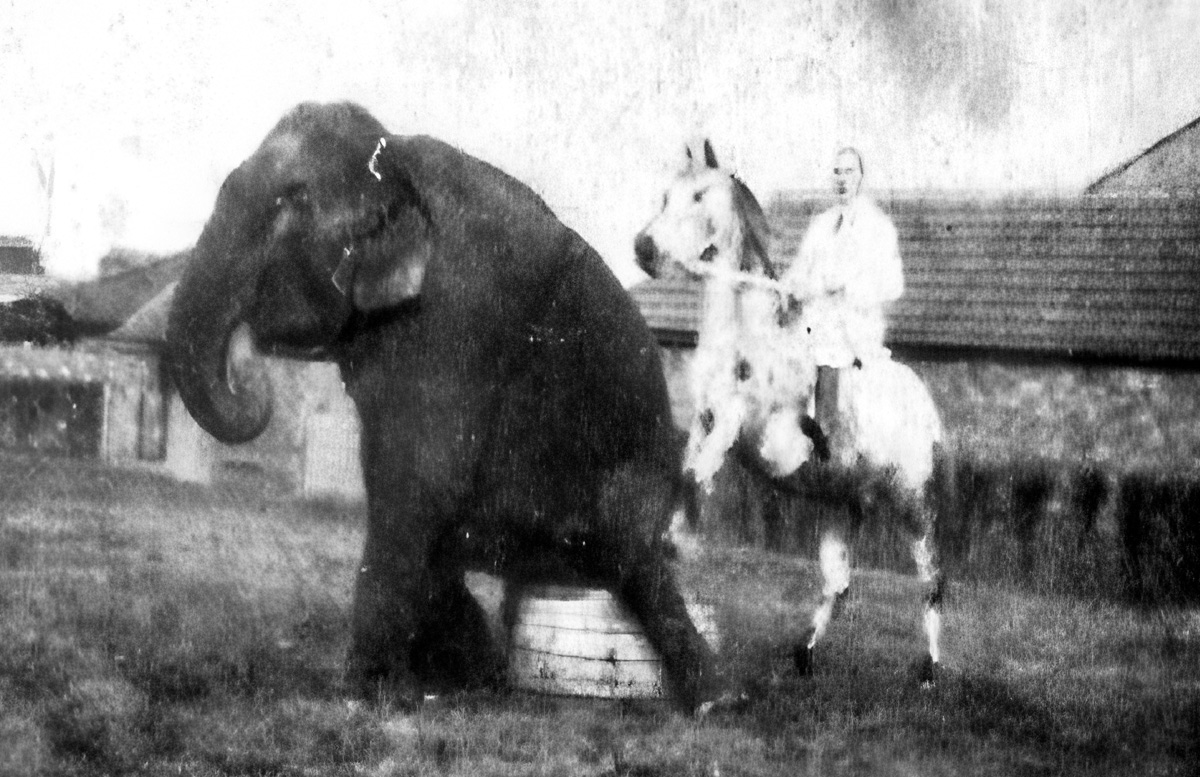Looking Back
History of Townend Field
Civil War
During the English civil war of 1642 to 1651, apparently Little Ouseburn villagers supported the King whilst Great Ouseburn folk supported Cromwell and were thus Roundheads!
The Ouse Beck which flows through the Townend Field was the dividing line and is still the boundary between the two parishes…
After the Battle of Marston Moor in 1644, there was a skirmish between the opposing forces in the area of Little Ouseburn Church.
In recent years, metal detectorists have found many musket balls and pistol balls behind Townend Court and Sandlands, which have been confirmed as from the civil war era by experts at York Army Museum.

Tanning Yard
There has previously been a tanning yard in what we now call Townend Field. In the 1800s, there was a huge demand in all rural villages for leather; principally for tack for horses on the farms. It was usual, therefore, to have a tanyard in many villages where hides could be tanned often using bark from oak trees for the tanning process. We know from historical records that there was more than one mill on the Ouse Beck and one of these would likely to have been a bark mill to chop the oak bark.
There are no remains or signs of the old tan-yard now, but the map shows its position, the site of two weirs a manmade water course through the tan-yard and footpaths leading to the village.
Bronte Connections
Anne Brontë worked as governess at Thorpe Green Hall in Thorpe Underwood from 1840 to 1845. Anne sketched the scene at the southern end of The Townend Field, looking over to the church. This can be seen at the bench that marks the spot where Anne sat to do her drawing…

Anne’s novel ‘Agnes Grey’ is regarded as being based upon her experience as a governess at Thorpe Green Hall. Her somewhat dissolute brother Patrick Branwell Brontë – usually known just as Branwell, also worked for the same family as a tutor to the eldest son from 1843 and was sacked shortly after Anne left in 1845. This is said to be because his employer, Rev Edmund Robinson, discovered that Branwell had been having an affair with his wife; Lydia Robinson.
The Brontë Society’s official biography of Branwell points out that he “seems to have misjudged his relationship with his employer’s wife. Branwell’s own story, that he and Mrs Robinson were in love, is not corroborated from any other source”.
ON JUNE 1, 1846, a heartsick young Branwell Brontë sat down and wrote a poem to doomed love;

“On Ouse’s grassy banks last Whitsuntide
I sat, with fears and pleasures in my soul commingled, as it roamed without control
o’er present hours and through a future wide where love, methought, should keep my heart
But as I looked, descended summer’s sun, and did not its descent my hopes deride?
The sky, though blue, was soon to change to grey…”
There is a rumoured connection between Branwell Brontë’s story and the famous film The Graduate with Dustin Hoffman’s character Benjamin Braddock (both sharing the initials BB.) Both were in their 20s, they had similar names, both were seduced by much older women of the same age difference and both women were called Mrs Robinson! Just coincidence?
The ‘Brontë Trail’ goes right along the pavement beside Townend Field. Take a look at the ‘Brontë Trail’ leaflet for more information:


Circus
Who would believe that in 1925 a circus was started in Little and Great Ouseburn?
George Barrett, a farmer, founded Barretts’ Canadian Circus and it ran on and off with George and his son Norman until 1956.
The performing animals (initially horses, dogs and a fox) were expanded to include an elephant called Simla and a male lion.
Simla and the lion lived at the house called Rosecroft in Great Ouseburn and took daily walks around the village, through Townend Field and bathed in the Ouse beck.